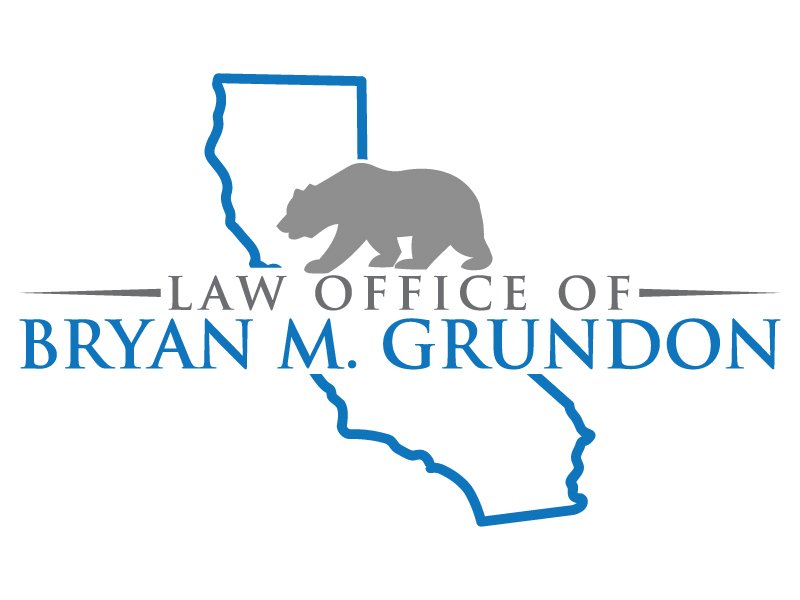How to Levy a Bank Account in California
I am a huge fan of the TV show How I Met Your Mother. Whenever I hear about something associated with malls, I immediately think of Robin Sparkles' hit song, "Let's Go to the Mall." But now I like malls for another reason: I can have a major bank served with a bank levy there. How is that possible? I'll get there, but first, let's discuss the process of levying a bank account.
How to Levy a Bank Account
Once you have obtained a judgment, the basic process for levying a bank account is as follows:
Figure out where your debtor banks. There are several ways to go about this, but I am not going to get into that in this post. Once you have determined where they bank, you must check the State of California's website, which identifies the proper branch to serve bank levies here Bank Levy Central Branch Locator.
Obtain a writ of execution for the county that has the correct bank branch. As I discussed in my nuts and bolts of wage garnishment post, the judgment is not the instrument that you need to do bank levies. A writ of execution is the document needed. A writ of execution can be issued for each county in the State of California. Writs are valid for 6 months and can be renewed as long as your judgment is valid. In California, judgments are valid for 10 years and are infinitely renewable.
Send the writ with levy instructions to the sheriff of the county. This is another situation where different counties have different instructions for levies and require different things to be submitted. The best source to figure out what is necessary to be submitted is the website of the county sheriffs. Some counties do not have any instructions at all. In that case, you must write your own. We make sure that we keep templates saved for each county in our forms library for quick access. As I mentioned in the wage garnishment post, some county sheriffs will not serve bank levies. In that situation, or the situation where the county sheriff is overwhelmed, which is sometimes the case in Los Angeles and Sacramento, you hire a private process server to serve the levy. You would still have to have the process server open the levy with the sheriff, which is the official levying officer (where the return to the levy must be sent and funds from the levy must be sent).
Once the levy is served on the proper bank branch, the bank has a certain time in which it must submit a response to the levy to the sheriff. Occasionally, a bank will not respond to the levy, and we will have to send them a friendly reminder that they need to respond or face a creditor's lawsuit.
Once they respond with information on the levy, the judgment debtor is notified of the levy, and they have a certain period of time to claim the funds exempt. Once that time passes, if no claim of exemption is filed, then the bank turns the money over to the sheriff, and then the sheriff cuts us a check.
If you need help levying a bank account contact us HERE






